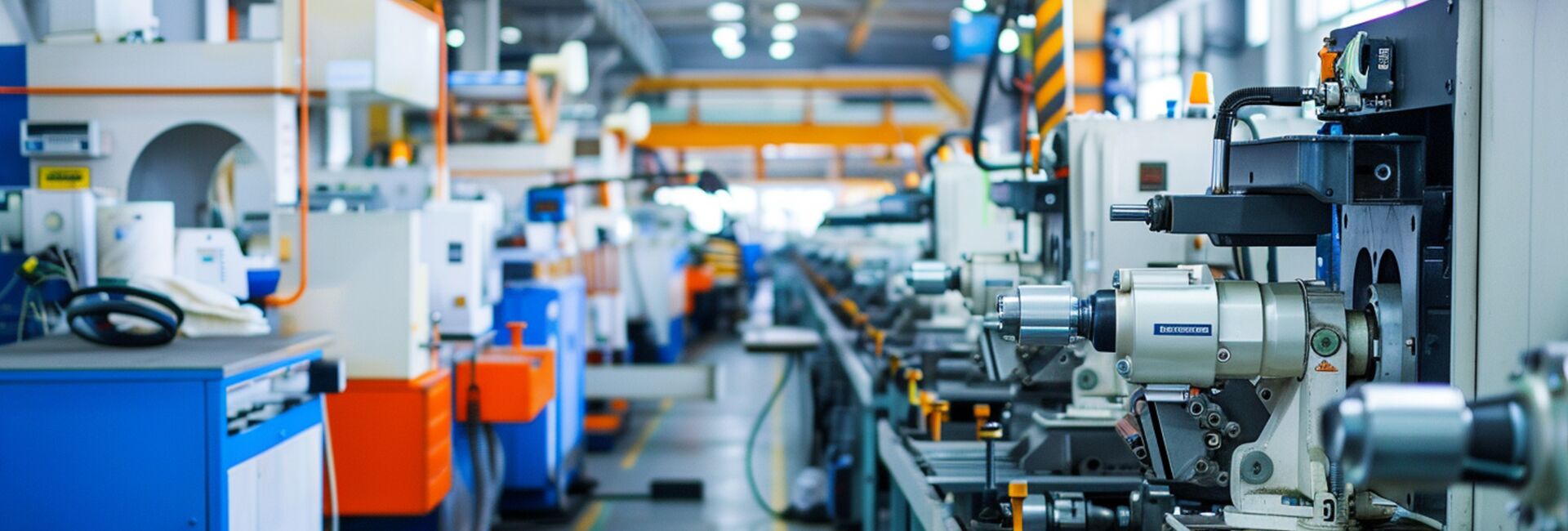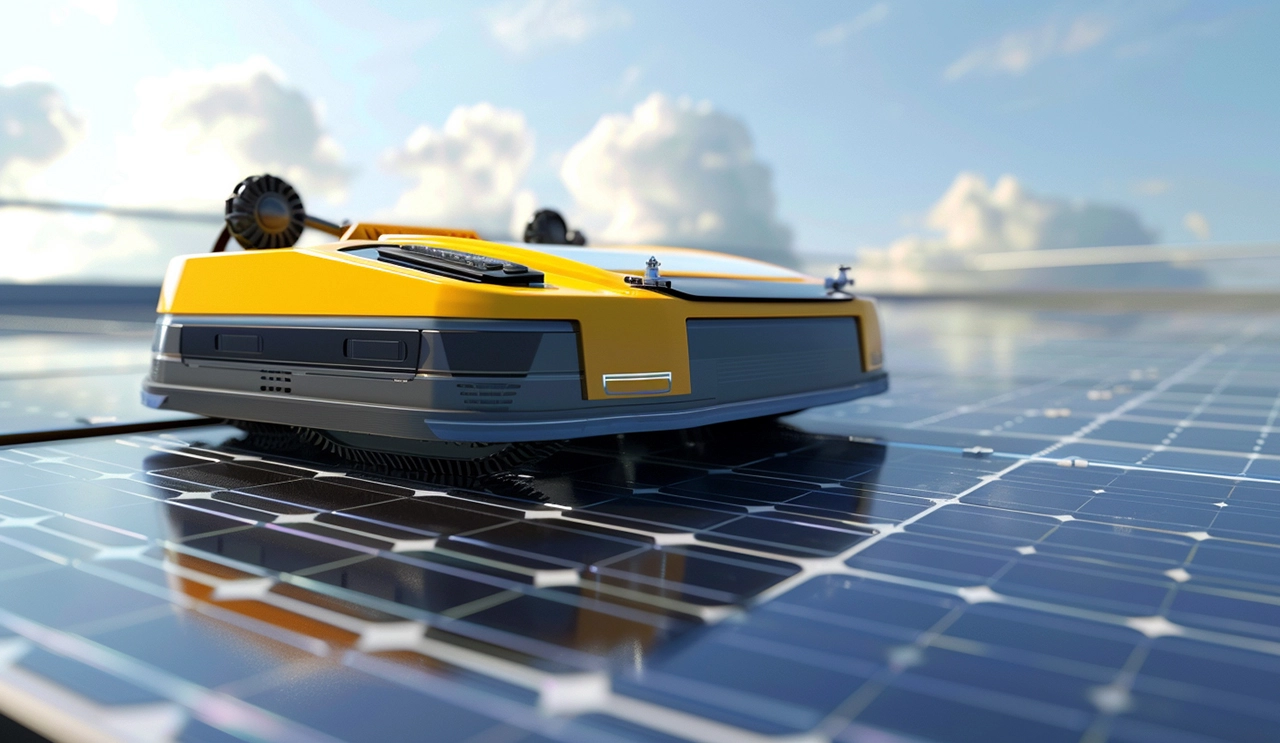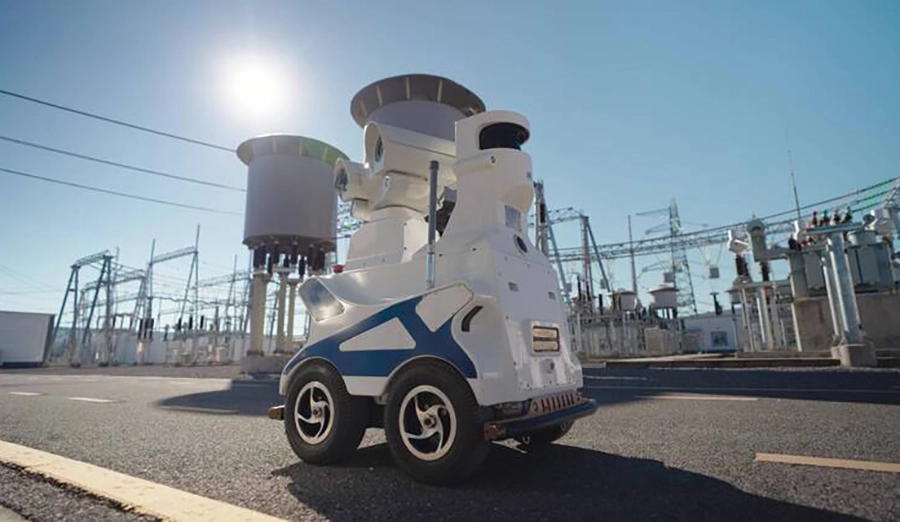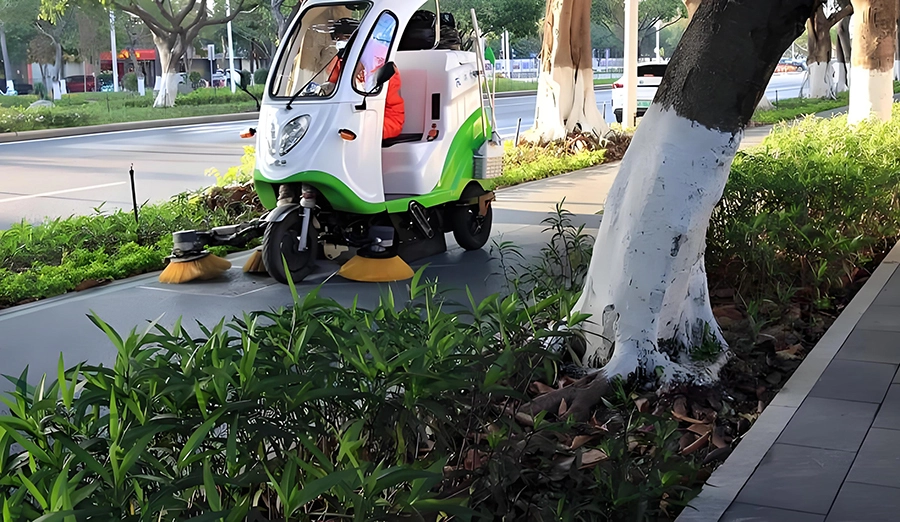
WIRELESS CHARGING IN THE NEWS
In automated ports and smart factories, AGVs can replenish energy through buried power rails without stopping - a scenario that is moving from concept to reality. Dynamic wireless charging technology breaks through the bottleneck of robot operation interruption through non-contact energy transmission, making the "uninterrupted" industrial operation mode possible.
I. Technical Principles and Limitations of Static Charging
1. Core working mechanism
Electromagnetic field coupling: High-frequency alternating current (20kHz-150kHz) is passed through the ground transmitting coil, inducing current in the robot receiving coil to achieve electrical energy transmission.
Dynamic tuning: Based on the real-time speed and position of the robot, the transmission frequency and power intensity are automatically adjusted to maintain transmission stability.
2. Comparison of Pain Points in Static charging
- Time loss: The average daily effective working time of robots is reduced by 15% to 25%
- Path interference: Fixed charging piles occupy working space
- Mechanical wear: Frequent starts and stops accelerate the aging of drive components
Ii. Breakthroughs in Key Technologies
1. Anti-offset transmission structure
- Multi-stage array coil: The receiving end adopts a distributed coil group. Even when a single coil fails, the system can still maintain an energy efficiency of over 70%
Magnetic field beamforming: By concentrating the energy field through phase control, the vertical wave tolerance is increased to ±8cm (vehicle speed ≤1m/s).
2. Segmented power supply management
Disassemble the long guide rail into an independent power supply unit, and only activate the corresponding section when the robot passes by, reducing no-load loss by more than 85%
The positioning error of the millimeter-wave radar is less than 2cm, ensuring seamless switching
3. Real-time power regulation
Based on the battery SOC (State of charge) and movement speed, the power is dynamically adjusted with a 10ms response (50W-2.5kW).
Temperature sensor interlocking control, coil temperature rise ΔT≤20℃ (ambient temperature 25℃)
Iii. Progress in Industrial Scenario Applications
The efficiency of scene technology solutions has been enhanced
The effective carrying time of the buried segmented power supply rail AGV for port container transfer has increased by 22%
The space utilization rate of the suspended ceiling charging track production line in the automotive manufacturing workshop is +18%
The semiconductor cleanroom closed type guided power supply with wafer handling robot has shut down and reset to zero
Iv. Challenges and Future Directions
Current bottleneck:
The electromagnetic compatibility design is complex when transmitting at high power (> 3kW)
In high-speed mobile (> 2m/s) scenarios, energy efficiency decays to below 65%
Evolution path:
- New material application: Gallium nitride (GaN) devices enhance high-frequency response
- Hybrid power supply mode: Combined with supercapacitors to buffer peak loads
- Standard unification: IEEE P1956.1 specification promotes system compatibility
Dynamic wireless charging technology is gradually solving the problem of energy supply interruption for robots through three major innovations: anti-offset structure, segmented power supply and real-time regulation. With the transmission efficiency exceeding 90% (static) and the cost continuing to decline, this technology is expected to become the standard configuration for high-throughput industrial scenarios within 3 to 5 years, completely redefining the operational logic of automation systems.







